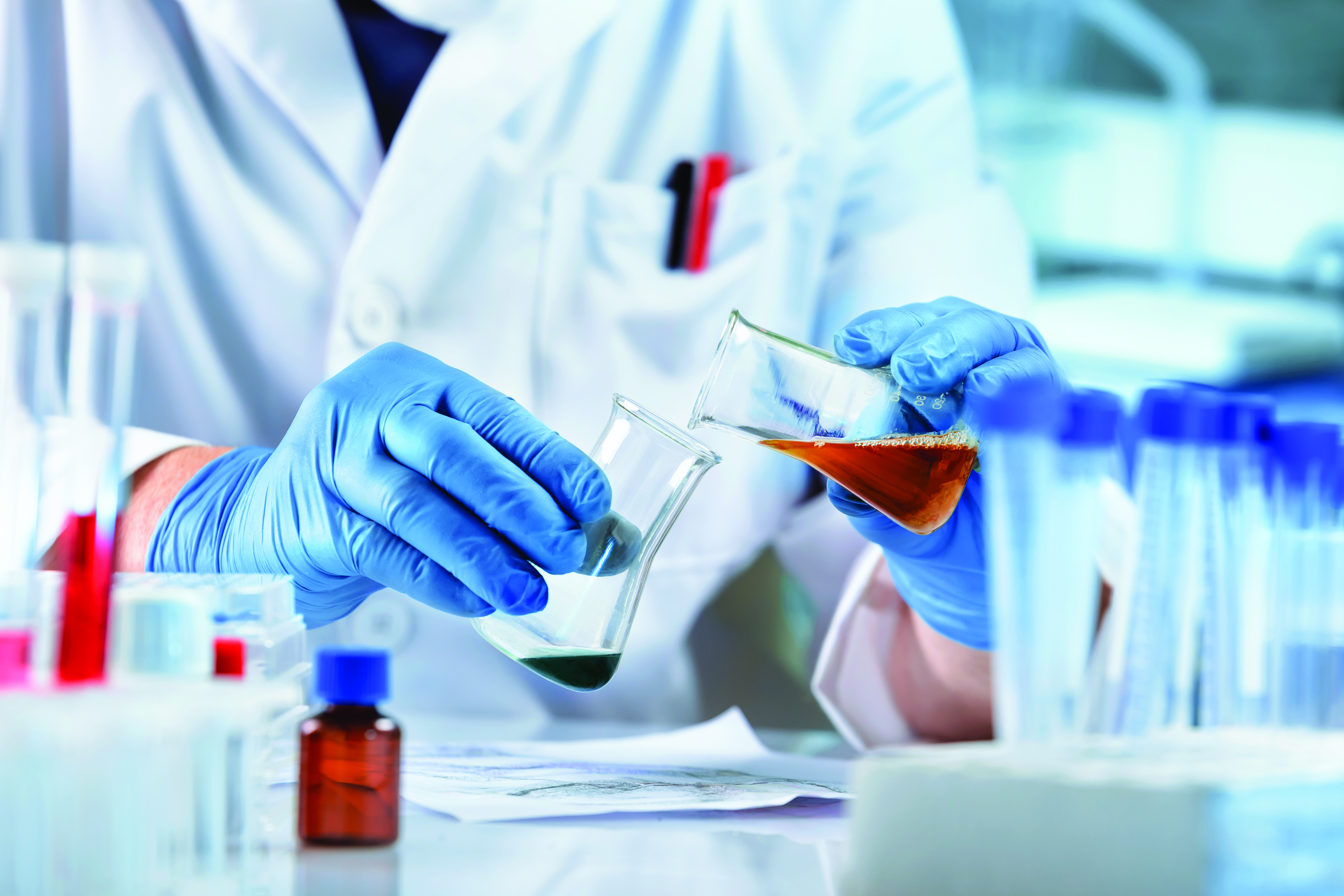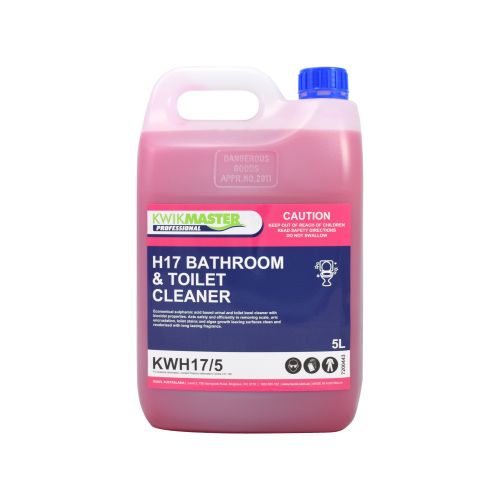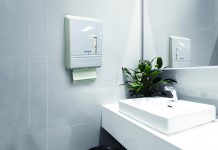Cleaning can seem like a routine task, but when tackling commercial facilities, large spaces or high-traffic areas it’s often arduous and time consuming. This is where an understanding of why certain chemicals cut through grime and bacteria and others don’t, is key to an efficient clean.
Knowledge of cleaning chemistry will save your business both time and money by utilising a targeted approach to cleaning. This is true of all areas where you’re likely to encounter an accumulation of dirt and bacteria, whether in kitchens, food-production facilities, public restrooms, or places with acres of floorspace, such as airports, hospitals and events centres. One specific area of chemistry can be especially useful to learn: the pH scale.
This is the measurement of acidity or alkalinity when a chemical is mixed with water – where zero represents the most acidic and 14 means high alkalinity. In a nutshell, anything recording a pH of 7 is considered neutral, while a pH of below 7 is acidic and above 7 is alkaline. Why does this matter to cleaning?
On the whole, most cleaning chemicals have high alkalinity as it’s more effective for corrosion and breaking up grime (think bleach, baking soda and ammonia) or have a base that reacts with acids to make substances dissolvable in water. If a stain or other soil build-up has an acidic quality or is organic in nature like fats, grease and oil, a cleaning chemical with alkalinity will break it down and convert it into an easily washable solution. Simple, right?
So, when should you be using an acid or alkaline-based cleaning chemical?
Acidic vs. Alkaline Cleaning Chemicals
Take a busy kitchen, which, through the course of a day, will produce a large amount of oily residue and other dirt build-up on its surfaces and floors. These stains and soils are best cleaned with a high alkalinity chemical as it breaks down and converts the build-up into a solution that is easily wiped away.
For a small kitchen, a mild alkaline product with a pH of around 8-9 is likely to be enough to do the same, while for higher-traffic areas such as those in food processing and production, a heavy duty detergent like Kwikmaster Professional K5 Oven & Grill Cleaner, with a pH of 11 or more, is more effective.
On the other hand, toilets and washrooms, for instance, are generally dirtied with alkaline mineral-based bacteria and materials. An acidic or citric-based cleaning product, such as Kwikmaster Professional H17 Toilet And Urinal Cleaner, will work best for scrubbing these areas due to its natural anti-bacterial, anti-fungal and degreasing properties. In a concentrated form, it can also dissolve hairs and toilet paper. For areas such as showers and swimming pools, acid-based cleaners should be used because they lower the pH and total alkalinity of the water.
By understanding how different cleaning products work, your business is better equipped to maintain an efficient clean every time.
Download the Kwikmaster Professional Cleaning Chemical Flyer HERE













